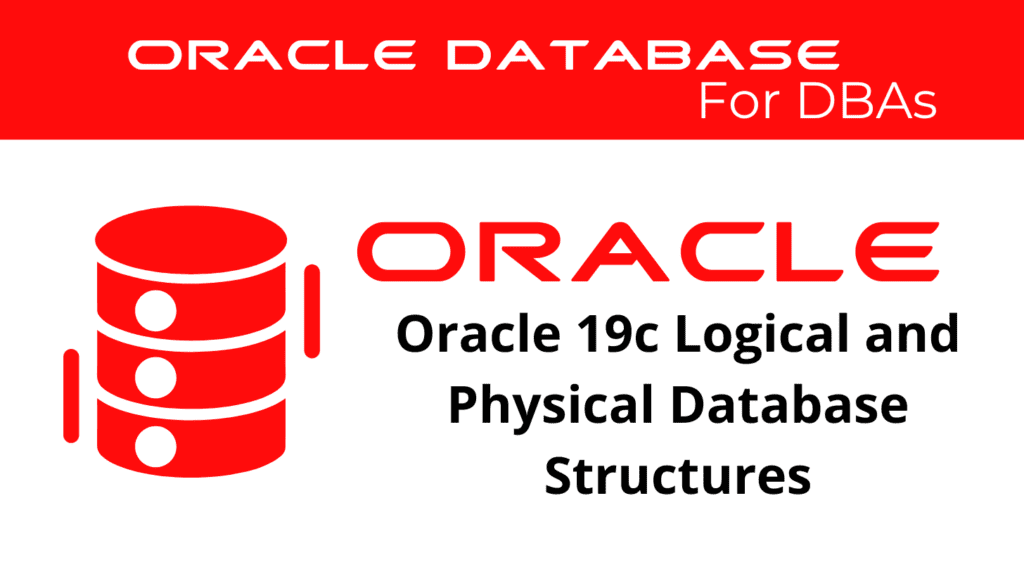
Oracle Logical and Physical Database Structures are fundamental components that define how data is stored, managed, and accessed within an Oracle database architecture. Understanding these structures helps database administrators optimize performance and ensure data integrity. In this blog, we will explore the key logical and physical structures in Oracle databases, their configurations, and best practices for effective management.
Understanding Oracle Logical Database Architecture
Oracle logical database structures are essential for organizing and managing data efficiently. These structures include tablespaces, segments, extents, and data blocks. Tablespaces are logical storage units that group related data together. Each tablespace consists of one or more segments, which are the physical storage areas used to store data. Segments are further divided into extents, and extents into data blocks.
Effective management of these logical structures ensures efficient data retrieval and storage. For example, organizing tablespaces based on data usage patterns can improve performance. Moreover, regular maintenance activities like resizing tablespaces and reorganizing segments help maintain optimal database performance.
Key Physical Database Structures in Oracle
Physical database structures in Oracle database architecture include data files, control files, and redo log files. Data files store the actual database data, while control files contain metadata about the database structure and state. Redo log files capture changes made to the database, providing a mechanism for data recovery in case of failure.
Managing these physical structures is crucial for database reliability and performance. For instance, placing data files on different disks can enhance I/O performance. Additionally, regularly backing up control files and redo log files ensures data integrity and recoverability.
📢 You might also like: Oracle 19c Database Server Architecture (Category: Oracle Database Admin)
Best Practices for Configuring Oracle Database architecture
Implementing best practices for configuring Oracle database structures is vital for maintaining a high-performing database environment. One best practice is to separate data files, control files, and redo log files onto different physical disks to reduce contention and improve performance.
Another important practice is to use Oracle’s Automatic Storage Management (ASM) to simplify storage management and optimize performance. ASM provides a unified storage management interface that automates the distribution of data across available disks, ensuring balanced I/O loads.
Regularly monitoring and adjusting the configuration of logical and physical structures based on workload patterns is also essential. Using tools like Oracle Enterprise Manager, administrators can track performance metrics and make necessary adjustments to maintain optimal database performance.
Common Challenges and Solutions in Managing Oracle Architecture
Managing Oracle database structures can present several challenges, such as performance bottlenecks and storage management issues. Addressing these challenges requires a thorough understanding of both logical and physical structures and their interactions.
For example, performance bottlenecks often result from improper configuration of data files or contention between logical structures. By regularly monitoring the database and making necessary adjustments, administrators can mitigate these challenges. Additionally, using Oracle’s diagnostic tools and performance tuning guides can help identify and resolve issues promptly.
Storage management issues, such as running out of space in tablespaces, can also impact database performance. Regularly reviewing and resizing tablespaces and segments ensures that the database can accommodate growing data volumes without performance degradation.
See more on Oracle’s website!
Conclusion
In conclusion, understanding and effectively managing Oracle Logical and Physical Database Structures is essential for maintaining a robust and high-performing database environment. By following best practices and addressing common challenges, database administrators can optimize the performance and reliability of Oracle databases.
Be Oracle Database certified Professional, this world is full of opportunities for qualified DBAs!





